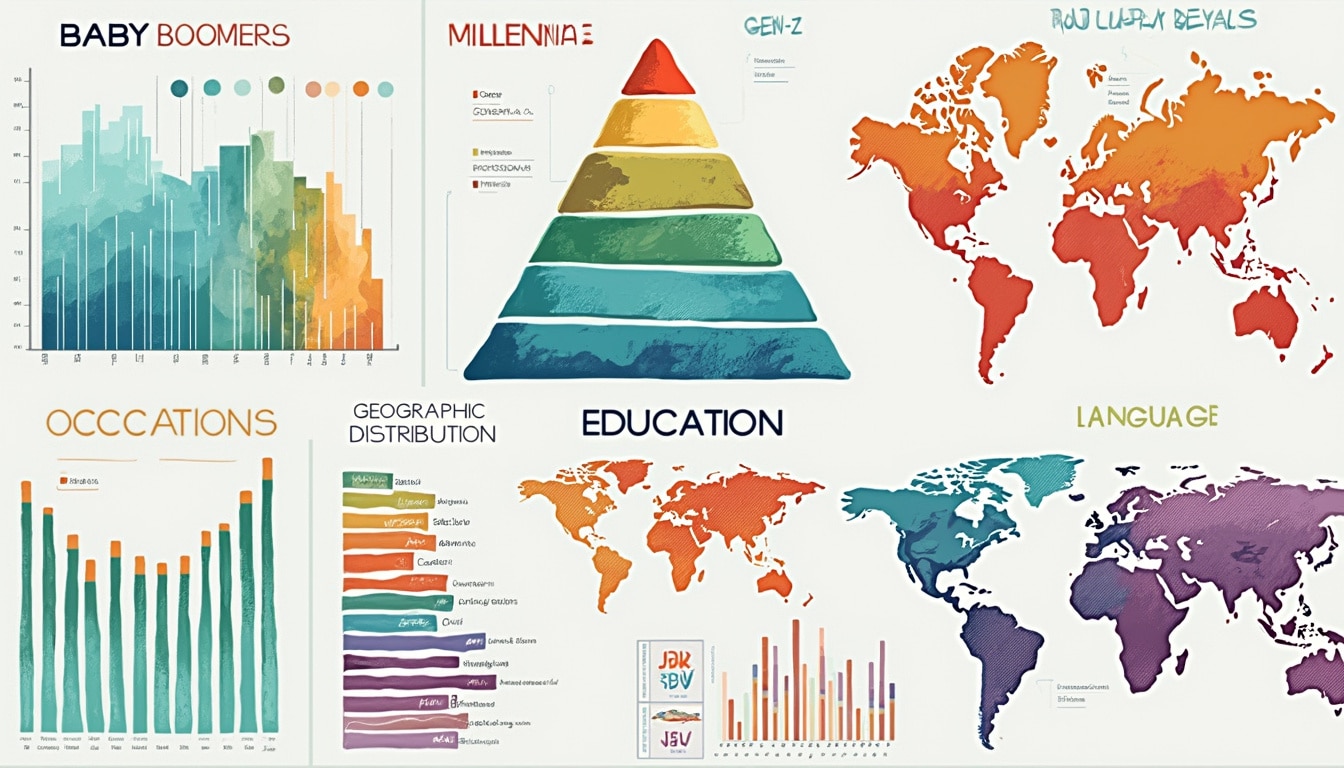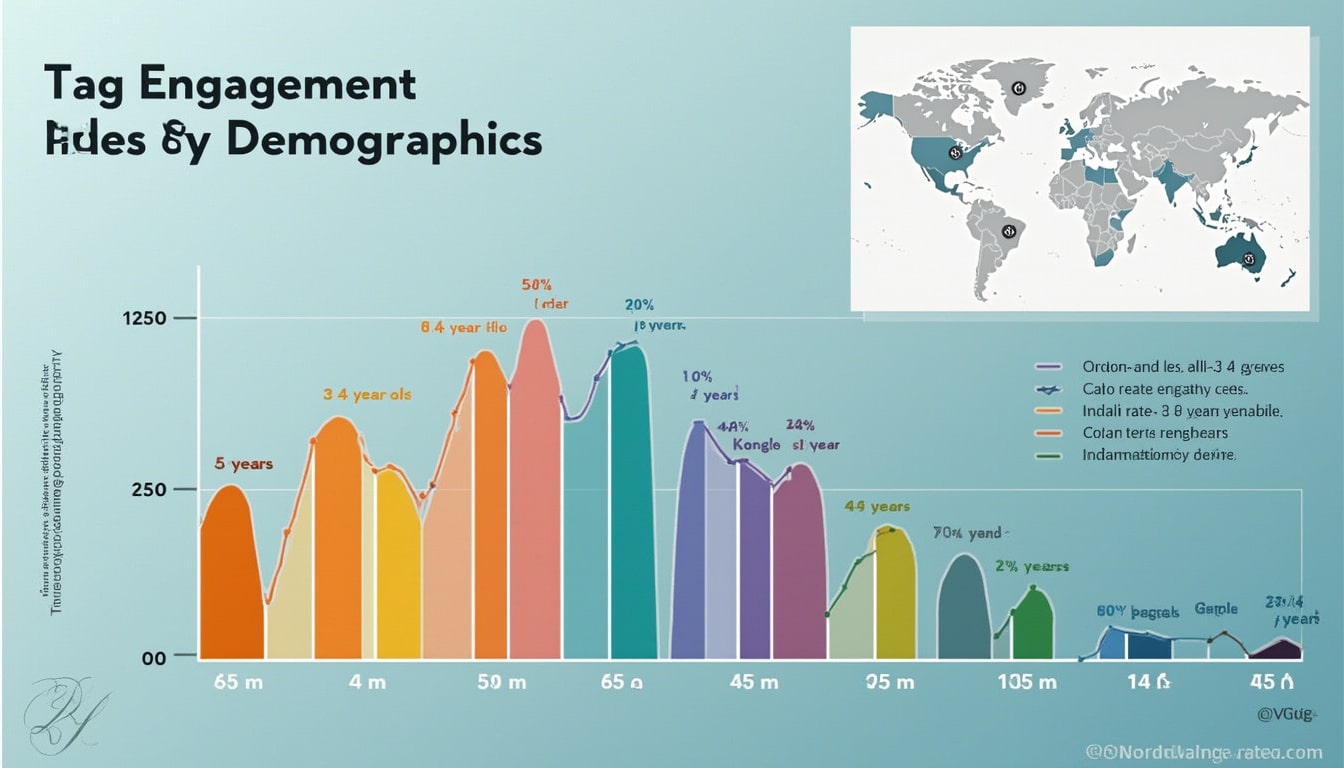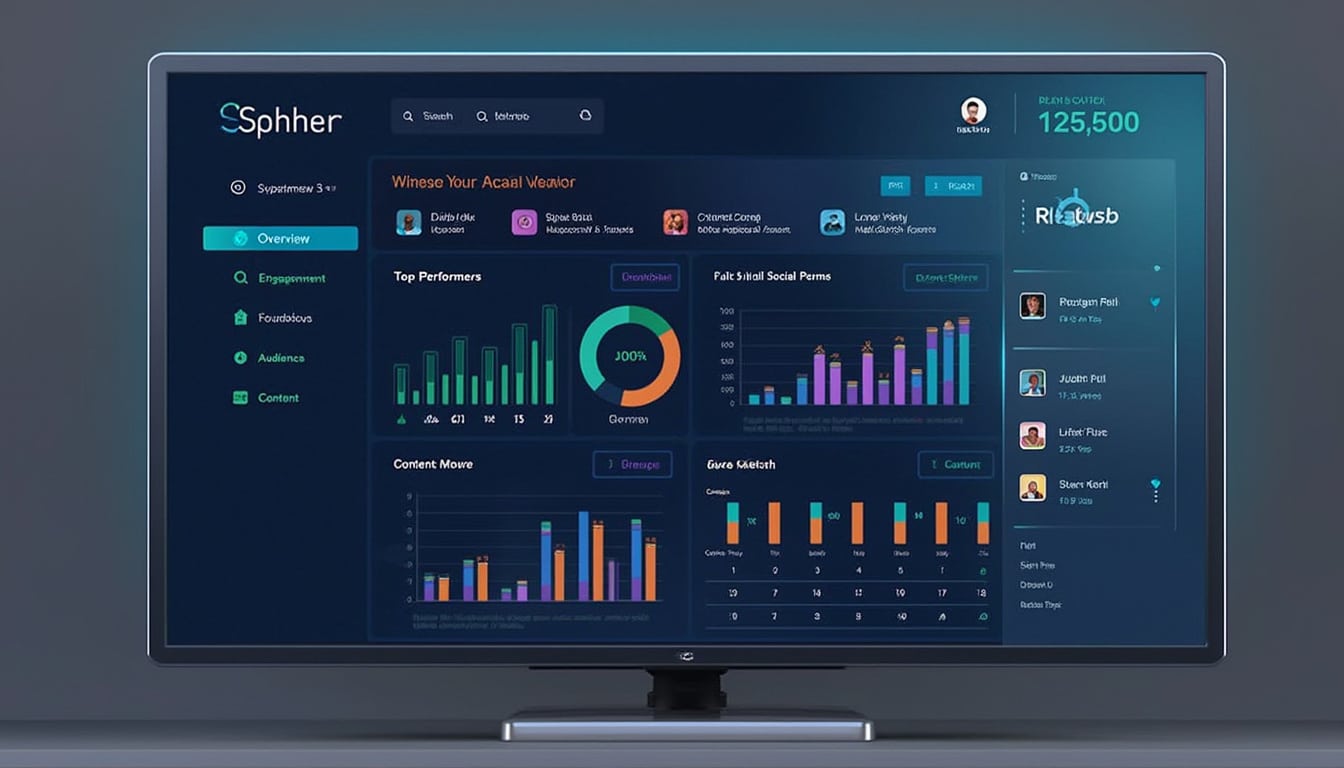Understanding the intricate relationship between demographics and tagging strategies can significantly enhance marketing outcomes. As businesses strive to connect with their audiences, the role of demographic understanding in shaping effective tagging strategies comes to the forefront. Demographics encompass age, gender, income, education level, and more, providing critical insights into audience behavior and preferences.
This article delves into the influence of demographics on tagging strategies, demonstrating how tailored approaches can optimize marketing efforts. We will explore various demographic factors that impact tagging success, strategies to align tags with audience characteristics, and real-world examples of successful implementations. This rich exploration will highlight the pivotal role demographics play in crafting effective tagging strategies that resonate with targeted audiences.
Understanding Demographics and Their Importance in Tagging
Demographics are the statistical characteristics of a population, essential for understanding your target audience. By analyzing demographics, businesses can pinpoint specific segments and tailor their tagging strategies accordingly.
Defining Key Demographics
Demographics can be segmented into various categories:
- Age: Different age groups exhibit diverse behaviors and preferences.
- Gender: Tailoring tags based on gender can enhance relevance.
- Income Level: Income affects purchasing power and decision-making.
- Education Level: Education influences consumer knowledge and preferences.
- Location: Geographic factors can shape market trends and consumer behavior.
Understanding these segments allows businesses to craft more relevant tagging strategies that enhance visibility and engagement across platforms.

The Importance of Tailored Tagging Strategies
Creating targeted tags based on demographic insights helps businesses reach their desired audience effectively. Tailored tagging strategies do not only increase visibility but also foster engagement by connecting with consumer interests. For example, millennials may respond better to tags that reflect social consciousness, while older demographics might appreciate references to quality and reliability.
Moreover, effective tagging can aid in search engine optimization (SEO), allowing businesses to improve their online rankings based on consumer search behaviors that vary across demographic segments.
Demographic Insights Driving Tagging Success
By leveraging demographic data, businesses can enhance their tagging strategies in various impactful ways. Knowing your audience allows for precise tag refinement, thus maximizing reach.
Age-Based Strategies
Younger audiences are more inclined to engage with trending tags and social media culture references. For example, utilizing pop culture references within tags can resonate with this group effectively. On the other hand, older demographics may prefer direct, clear tags that convey value and trust.
Gender-Based Strategies
Gender-specific insights are equally critical. Brands can analyze purchasing tendencies based on gender, crafting tags that speak to the unique preferences of each group, whether that be emphasizing style for women or functionality for men.

Implementing Demographic-Based Tagging Strategies
Implementing effective demographic-based strategies requires a structured approach. Businesses can start by conducting market research to understand their consumer base thoroughly. Platforms like social media analytics can provide insights into who interacts with your content and how, allowing for more informed tagging decisions.
Utilizing Analytics Tools
Common tools like Google Analytics can help track performance metrics tied to demographic data. Analyzing these metrics enables brands to see which tags are performing well with different demographic segments.
Consistency in Messaging
While tailoring tags, maintaining a consistent brand message is crucial to build trust and familiarity among consumers. Brands can adjust their tagging strategies while keeping their core messaging intact, ensuring that every interaction aligns with their overall brand identity.
Evaluating the Effectiveness of Tagging Strategies
Once your demographic-based tagging strategies are in place, evaluating their effectiveness is essential to adjusting accordingly. This assessment can be achieved through various methods.
Tracking Engagement Metrics
Businesses should monitor engagement metrics linked to specific tags. High engagement rates often correlate with well-defined tagging strategies tailored to demographic preferences. These metrics can include likes, shares, and comment interactions.
Feedback and Surveys
Gathering feedback directly from consumers can provide qualitative insights into the effectiveness of tagging strategies, enabling adjustments to enhance performance. Surveys that inquire about tagging preferences or experiences can yield valuable information.

Real-World Examples of Successful Tagging Strategies
Numerous brands have successfully implemented demographic-focused tagging strategies, leading to enhanced engagement and conversion rates.
Case Study: Fashion Brand Engagement
A notable fashion brand utilized demographic data to tailor their tagging strategies across various platforms. They found that younger consumers engaged more with playful, trendy tags, while older audiences preferred more straightforward, professional tags. This dual approach saw a significant uptick in engagement across their target demographic segments.
Case Study: Tech Company Targeting
A tech company that primarily targets millennials used tagging strategies centering around innovation and style. By aligning their tags with consumer values and preferences, the company successfully engaged a broad audience, resulting in increased sales and brand loyalty.
Key Takeaways
Successful tagging strategies must be adaptable to the varying demographics of your target audience. By understanding and applying demographic insights, businesses can create tailored tags that resonate, engage, and influence purchasing decisions. Through consistent evaluation and adjustment based on demographic data, companies can continue to refine their strategies for sustained success.
